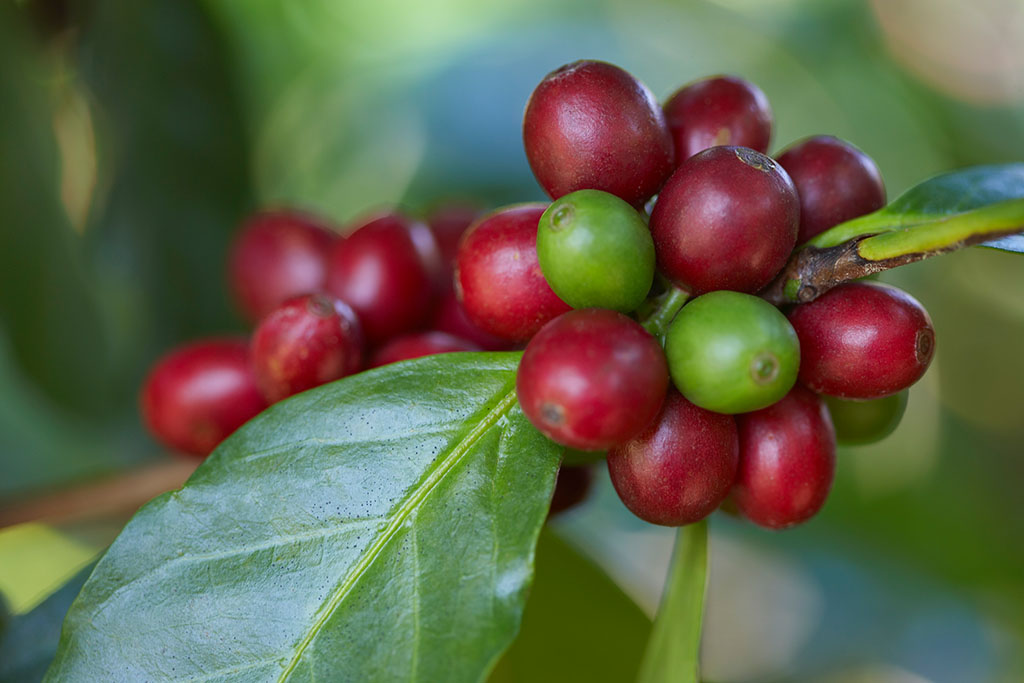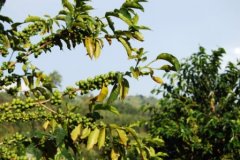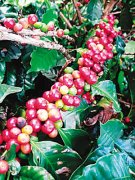Honduras washed medium and deep roasted cooked beans in Honduras San Juan Xido area.
Because Honduras is located in the tropics, the temperature change in San Juan Theodore is small throughout the year. Therefore, the so-called winter is actually the rainy season, while the so-called summer is actually the dry season. In the tropics, altitude has a greater effect on temperature than the duration of precipitation in a year. San Juan Seto is located more than 1239 meters above sea level, making the temperature slightly cooler all the year round. In summer (March-June), the maximum temperature is usually about 26C, while the average minimum temperature is about 18C. The highest average temperature in winter is 20 ℃ and the lowest is about 14 ℃.

The modern economy of San Juan Seto is largely dependent on agriculture, most of which is small-scale coffee production, and its climate and altitude are very conducive to the production of high-quality coffee beans. COMISAJUL, a partnership of hundreds of small coffee growers in central Honduras, is located in San Juan Theto. COMISAJUL is a cooperative organized by hundreds of coffee farmers in the San Juan Heido region, where coffee is grown in mountains 1450-1550 meters above sea level and shaded by bananas, avocados, papayas and other fruit trees. Coffee farmers pick ripe fruits by hand during the harvest season, wash them and then dry them in the sun. The fermented water with coffee peel and pulp produced by water washing is collected and used as fertilizer for coffee trees. This batch of coffee tastes very clean, high sweetness, very soft acidity, with the flavor of milk chocolate.
Important Notice :
前街咖啡 FrontStreet Coffee has moved to new addredd:
FrontStreet Coffee Address: 315,Donghua East Road,GuangZhou
Tel:020 38364473
- Prev

Guatemala Republic Coffee beans Flower-scented Coke of La Tisa Manor on the Farahan Plateau of Guatemala
Coffee was really introduced into Guatemala in 1750 by Father Jesuit, where the coffee industry was developed by German colonists at the end of the 19th century. Today, most of the coffee industry's production takes place in the south of the country. There are seven main coffee producing areas in Guatemala: Antigua, Coban, Atitlan and Huehuete.
- Next

Pineapple, apricot, peach, dried red wine flavor guava plain manor in Guatemala New Oriental region
Guatemala is one of the most important coffee producing countries in Central America, with long mountains and different regional climates, thus creating eight major coffee producing areas in Guatemala, all located on the highland topography of the subtropical climate, with abundant and stable rainfall and fertile volcanic ash soil is an excellent environment for coffee trees to grow. Plan del Guayabo is located next to the Volcn de Suchitn volcano.
Related
- What documents do you need to go through to open a coffee shop? coffee shop coffee shop certificate processing process
- How to purchase Coffee beans in small Cafe how to choose a suitable supplier for domestic Coffee supply Company
- How to drink Starbucks Fragrance White Coffee? how to make Australian White Coffee? what Italian coffee beans are recommended?
- The Story of Flora Coffee: the name of Flora Coffee Bean and the implication of the Flowers on Florna Coffee
- How much does a cup of coffee cost? How much is the profit of a cup of coffee? What is the profit of the coffee shop in a year?
- Yunnan small Coffee, known as "fragrant Coffee", introduces the characteristics of Alpine Arabica Coffee producing areas in Yunnan, China
- 2023 latest Starbucks full menu price list how much is a cup of Starbucks coffee what is better to drink the most popular hot and cold drinks recommended
- Starbucks different kinds of Coffee Price list Starbucks menu 2023 Top Ten Best drinks in Starbucks
- Starbucks Spring praise Comprehensive matching Coffee Bean theme Story Packaging implication and taste description
- The cost of a cup of coffee latte American coffee cost price and selling price

